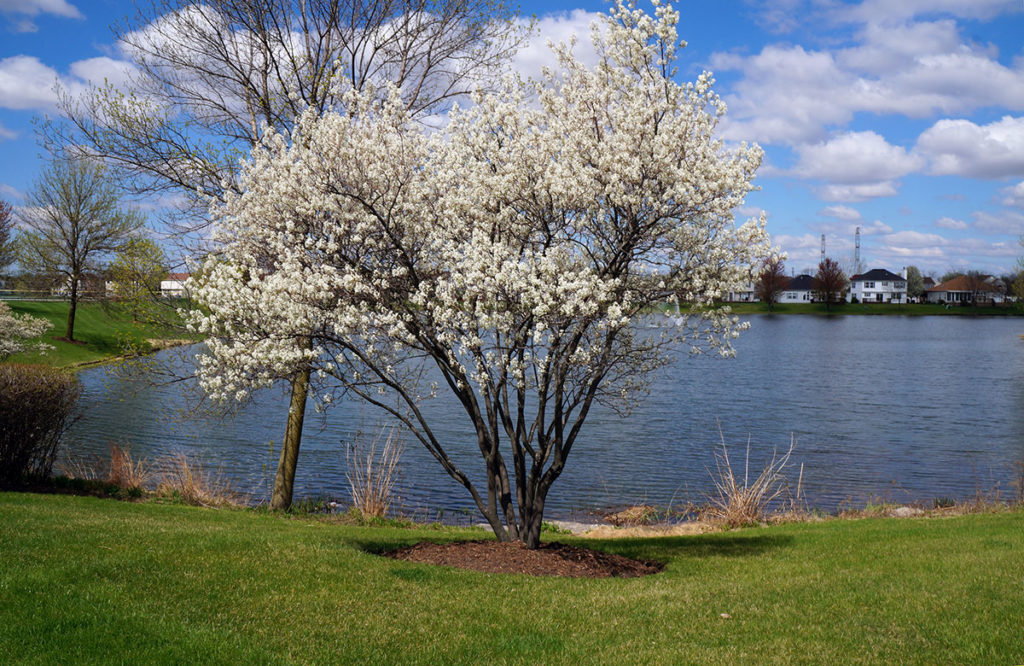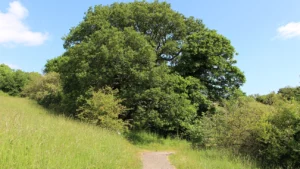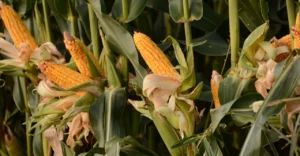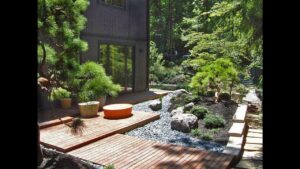Discover the ease of determining the basal area of a tree or stand density with our intuitive basal area calculator. Forget about the hassle of unit conversions or memorizing complex formulas! Simply enter up to 50 DBH (diameter at breast height) values, and you’ll get the stand density in just seconds. If you’re unfamiliar with the concept, keep reading to learn what basal area is and how to calculate it.
| Basal Area Calculator | |
|---|---|
| DBH (inches): | |
| Basal Area (sqft): | |
| DBH (cm): | |
| Basal Area (m²): | |
What is Basal Area?
Basal area refers to the cross-sectional area of a tree’s trunk when measured at breast height. While you can calculate it for individual trees, it’s often utilized to assess stand density, typically expressed in square meters per hectare or square feet per acre.
The calculation of a tree’s basal area is based on its diameter at breast height (DBH). This measurement is crucial in forestry for various purposes, including estimating a tree’s age and its oxygen production, among other applications.
How to Calculate Basal Area
To determine the basal area (BA) of a tree, you can use the following formula:

This formula is derived from the area of a circle, using the diameter at breast height (DBH). The units of the result will match the units of the DBH you provide. For instance, if you measure DBH in centimeters, the basal area will be given in square centimeters.
🙋 Note: The height at which DBH is measured can vary by country. In Australia, Canada, and Europe, DBH is measured at 1.3 meters (4.27 feet) above the ground, while in the United States, it is measured at 4.5 feet (1.37 meters).
Alternative Formulas for Basal Area
There are two additional formulas commonly used for calculating basal area.
Using Centimeters:
If you prefer to input DBH in centimeters, you can use the following formula, which will give you the basal area in square meters:

Using Inches:
If you measure DBH in inches, use this formula, and the result will be in square feet:

Here, 0.005454 is known as the forester’s constant, which converts measurements from inches to square feet.
🙋 Tip: If your tree has multiple stems, you can calculate its diameter using our tree diameter calculator!
Calculating Basal Area per Acre
To compute the basal area per acre, follow these steps:
Select a Representative Area: Choose a specific area that accurately represents the density and size of trees.
Measure DBH: Record the diameter at breast height for each tree within this area.
Calculate Individual Basal Areas: Use the formula:

(where DBH is in inches, and the result is in square feet).
Sum the Basal Areas: Add the basal areas of all trees and divide by the area they occupy (in acres).
Example Calculation
Suppose you want to determine the basal area per acre for a forest. You choose a square area measuring 30×30 feet and find 6 trees with the following DBH measurements (in inches): 14, 8.5, 11, 13.5, 9, and 11.5.
Calculate Each Tree’s Basal Area:
For the first tree:

The basal areas for the other trees are:
( BA_2 = 0.39 )
( BA_3 = 0.66 )
( BA_4 = 0.99 )
( BA_5 = 0.44 )
( BA_6 = 0.72 )
Total Basal Area:
{Total BA} = 1.07 + 0.39 + 0.66 + 0.99 + 0.44 + 0.72 = 4.27
Convert Area to Acres:
30 x 30 { feet} = 0.0207 { acres}
Calculate Basal Area per Acre:
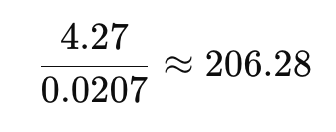
Thus, the basal area per acre is approximately 206 square feet.
How to Calculate Basal Area from DBH
To calculate the basal area in square feet using the diameter at breast height (DBH) measured in inches, use the following formula:

If you have DBH measured in square centimeters and want to find the basal area in square meters, use this equation:

